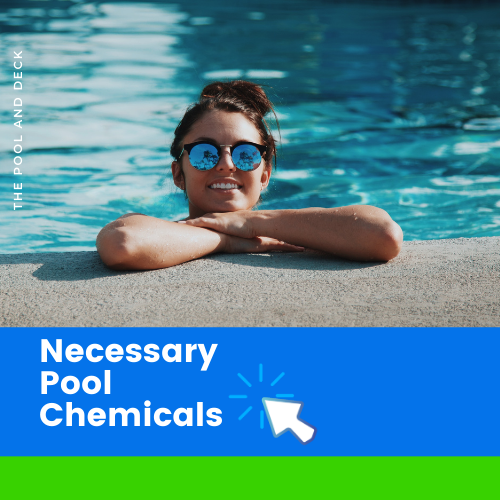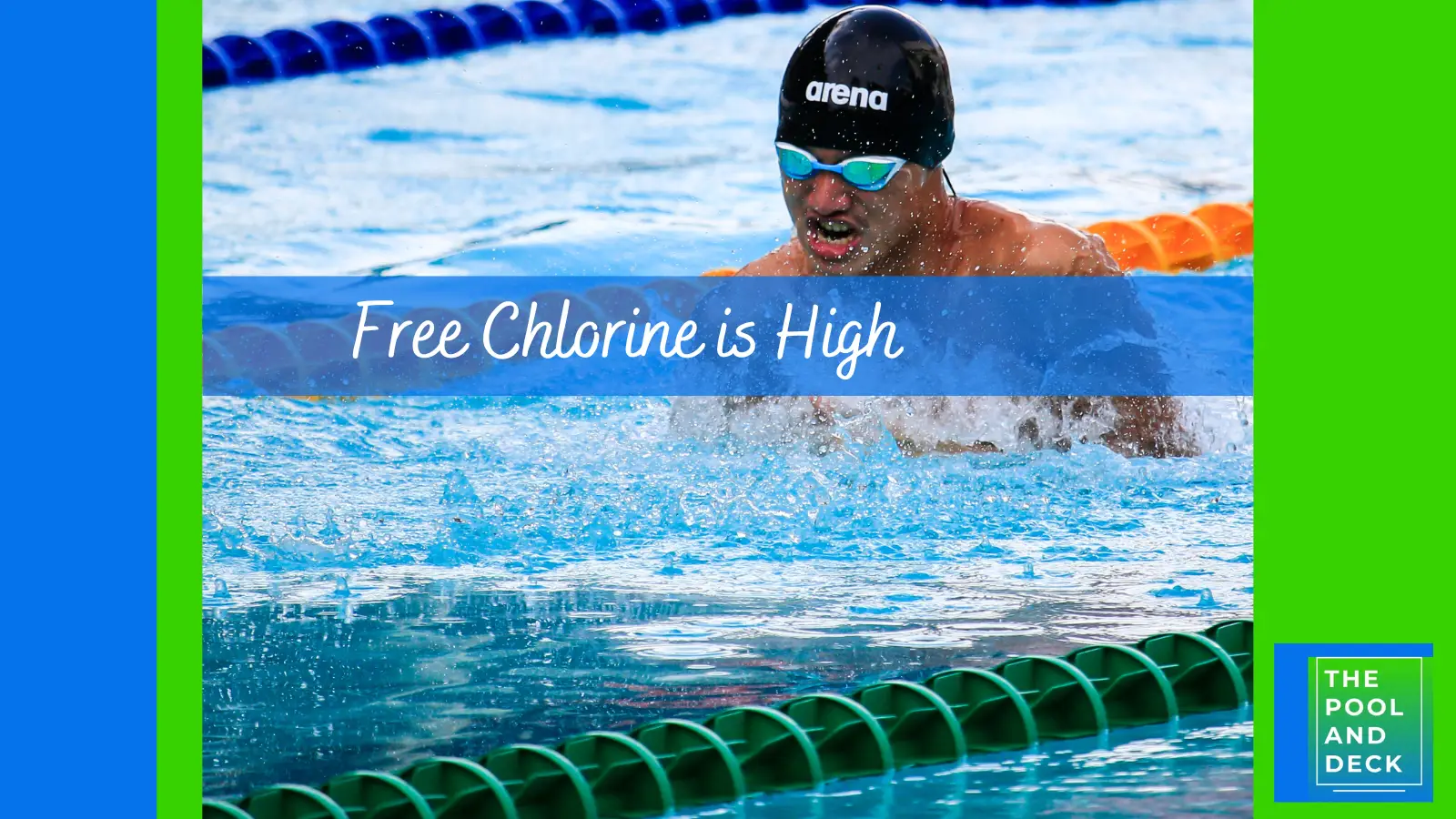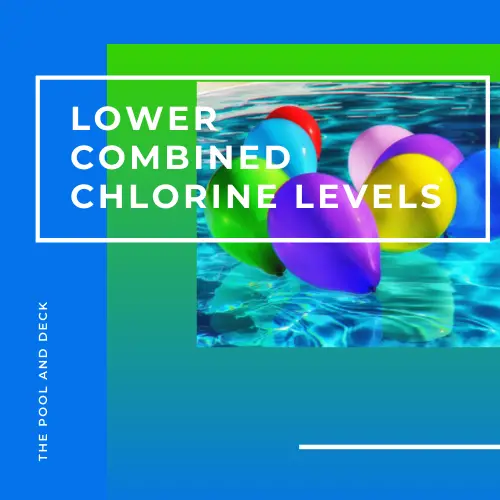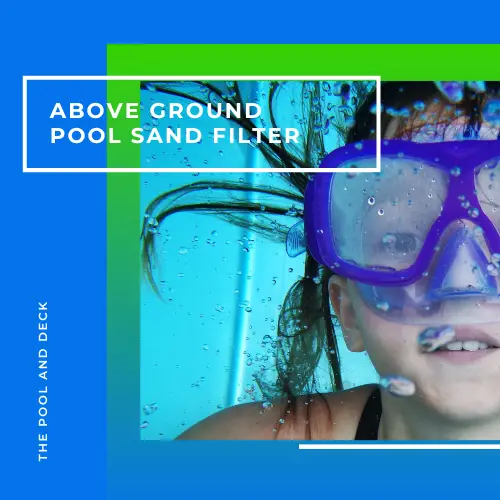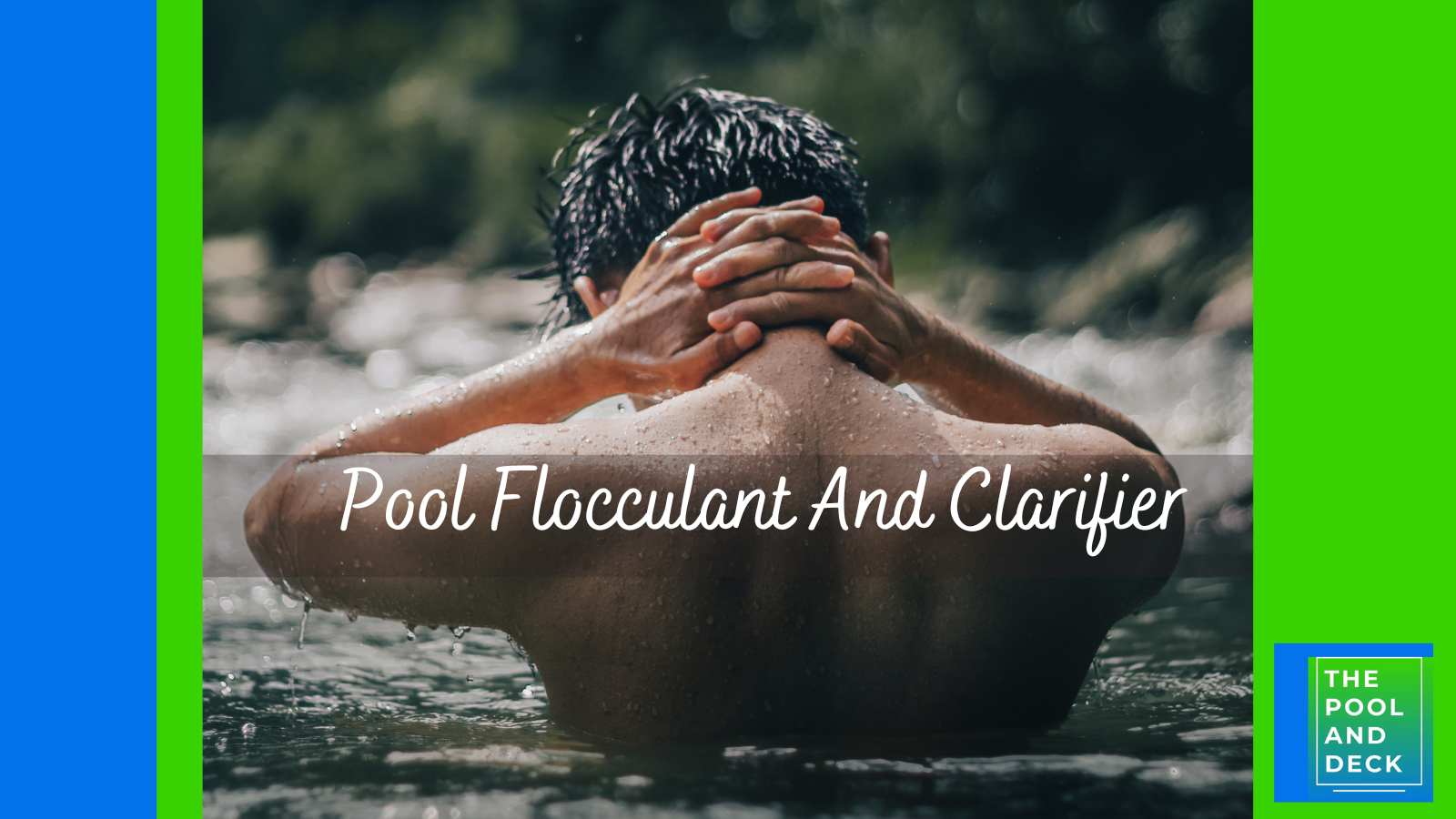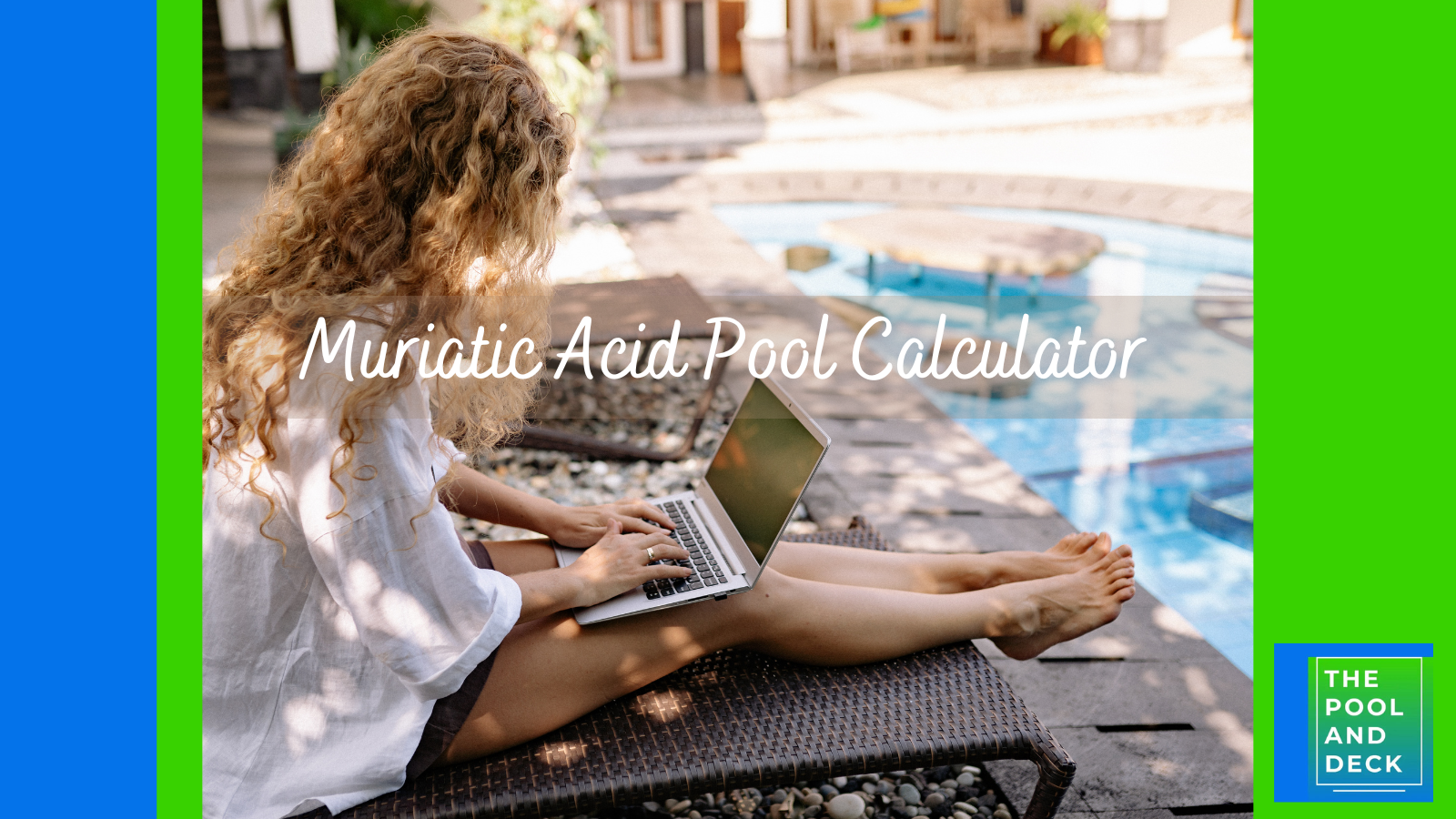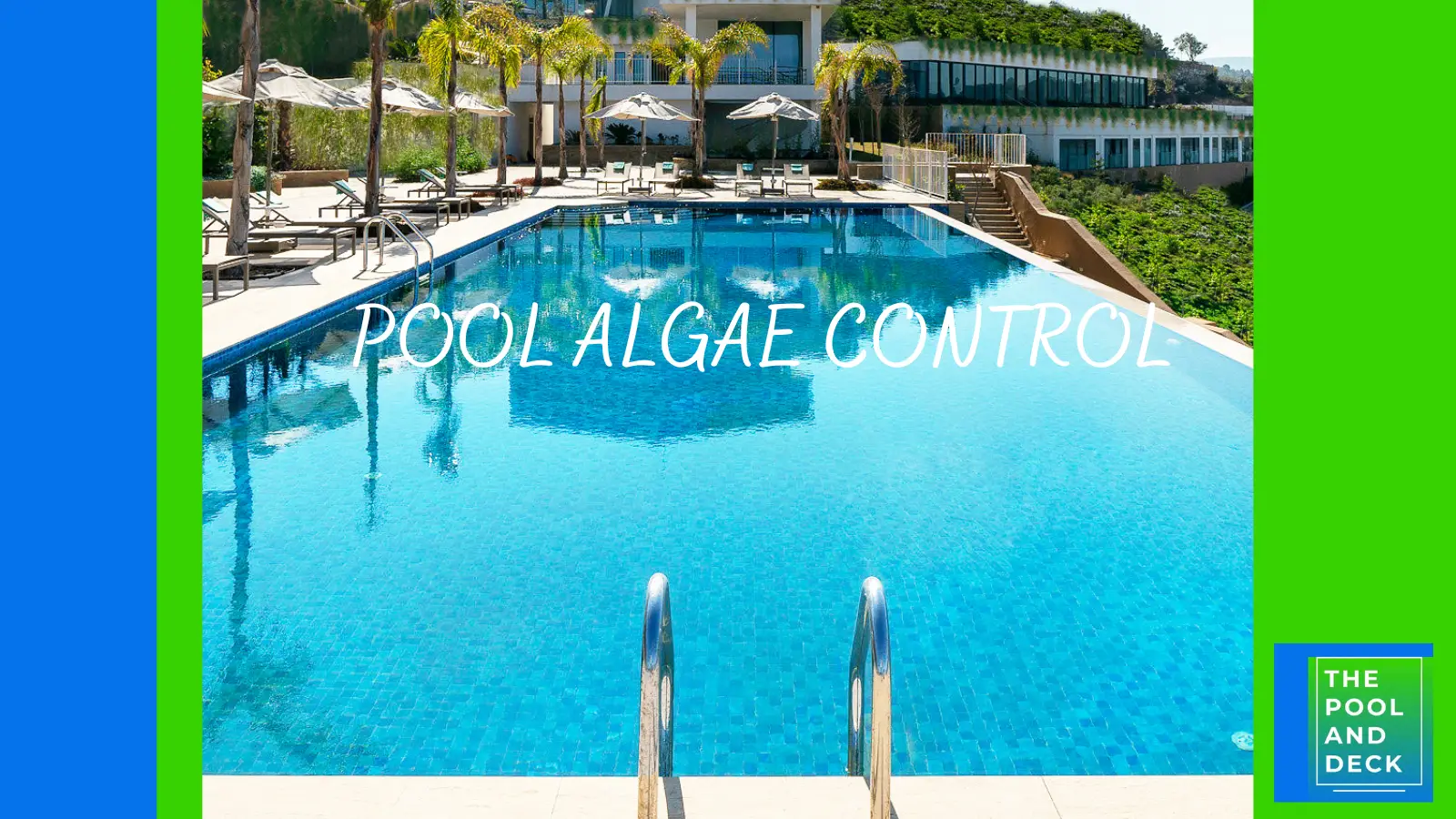Why is Low Cyanuric Acid Terrible for Pool Water Quality? (Explained!)
Table of Contents
What is Low Cyanuric Acid? Why is it Important?
The acceptable range for Cyanuric Acid for outdoor pools is between 30 and 50 ppm. Low Cyanuric Acid is when the CYA fall below 30 ppm. This can result in higher depletion rate of chlorine and an increase in unsanitary pool water.
Cyanuric Acid (CYA) is also known as pool conditioner or pool stabilizer. CYA serves a vital function in ensuring that your pool water remains sanitary. How? CYA is not a sanitizing chemical by itself. Instead its role is to protect the chlorine from being depleted too fast by the UV rays from the sun.
Chlorine is always in the limelight whenever you discuss pool sanitization and the role of pool chemicals in keeping your pool safe for swimming. Almost as important, though less talked about, is Cyanuric Acid (CYA). So, what is low Cyanuric Acid (CYA) and why is it so important?
CYA levels in your pool must be maintained within an optimal range. This is imperative!
The acceptable range for CYA levels is between 30 and 50 ppm for outdoor pools and even higher for saltwater pools. As UV rays are not a major concern for indoor pool owners, they can maintain the CYA levels in their pools at a lower level.
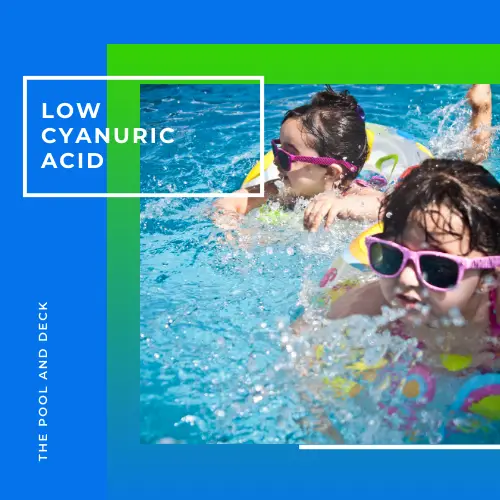
thepoolanddeck.com is a participant in the Amazon Services LLC Associates Program, an affiliate advertising program designed to provide a means for sites to earn advertising fees by advertising and linking to Amazon.com . The website is also an affiliate of a few other brands. The affiliate links never increase your purchase price. We do appreciate your support. Thank you very much!
What Happens When Cyanuric Acid Is Too Low?
The result of low cyanuric acid levels in your pool is an unhygienic and unsafe swimming environment. When the cyanuric acid concentration falls below the recommended levels, the pool can be plagued with a myriad of problems.
You may actually notice the effect of a low cyanuric acid level by an increase in the strong chlorine smell. The smell is from the accumulation of chloramines or combined chlorine in the water. This kind of chlorine is less effective as a sanitizer, making it easier for the pathogens to flourish.
You will also find that as a result of low cyanuric acid levels, there is an increase in chlorine consumption. UV rays in sunlight break down chlorine in pool water quite rapidly. The result is a substantial depletion in the amount of active chlorine in the pool.
Cyanuric Acid (CYA) reduces the rate of chlorine depletion significantly. Without sufficient CYA in the water, you will find yourself adding more chlorine daily to maintain water cleanliness. Insufficient active chlorine can lead to the rapid growth of pollutants, bacteria and viruses in the water.
If left unchecked, these microorganisms can cause the water to turn green with algae growth, and some bacteria may even produce black algae or pink slime. Not only does the inviting crystal clear blue water turn to an unappealing murky green color, it also becomes very dangerous to swimmers and can cause severe health issues.
Furthermore, unbalanced pool water chemistry may occur due to a drop in chlorine levels caused by insufficient CYA levels in the water. This can lead to a chain reaction that affects total alkalinity and pH balance too!
Why does my Pool have Low Cyanuric Acid?
There can be several reasons why your pool has low cyanuric acid (CYA) levels.
Chlorine and CYA levels will drop over a period of time as they jointly fight the bacteria, germs, algae and other pathogens. The microorganisms are introduced to your swimming pool by the swimmers, atmosphere, water replenishment, etc.
Pool chlorine is either stabilized or unstabilized. Stabilized chlorine, such as sodium dichlor and trichlor, already have CYA in them. However, unstabilized chlorine, such as liquid chlorine and cal hypo do not have any CYA.
I recommend using HTH Ultra Pool Shock – Calcium Hypochlorite (Cal-Hypo).
Use of un-stabilized chlorine, a fairly common practice will result in your pool having low cyanuric acid level in less than a week. Rain, water dilution, or partial draining and refilling of the pool are other reasons for the lowering of CYA level in your pool.
You will need to top up, whenever your pool has low cyanuric acid level, to avoid unsanitary pool water.
Click on the image below to reach the page with all the Necessary Pool Chemicals.
How Do I Increase Cyanuric Acid in My Pool?
To raise CYA levels in your pool, you can either add a pool stabilizer or conditioner to the pool or switch to using stabilized chlorine such as sodium dichlor or trichlor. As mentioned earlier, stabilized chlorine contains CYA which protects it from the UV rays of the sun.
Before adding any chemicals to your pool, it is essential to test your water using a liquid test kit or test strips. Based on the test result, balance the pH level and total alkalinity, first.
By balancing the pH level and total alkalinity, you can ensure that any chemicals you add later will work more effectively.
There are two ways to increase the Cyanuric Acid (CYA) level of your pool:
Add Stabilized Chlorine
Stabilized chlorine, such as dichlor or trichlor granules or tablets, has cyanuric acid incorporated in the formulation. This can be a way to introduce CYA into your water, if you have been using un-stabilized chlorine or liquid bleach.
If you have chronically low cyanuric acid levels, I would recommend looking for tablet or granular chlorine products with cyanuric acid and considering having them on hand as part of your regular pool chemical supply.
Add Cyanuric Acid
You could also add pure cyanuric acid, also known as a chlorine stabilizer or conditioner. This method is ideal if you want to control the amount of CYA in your water.
Generally 3 ounces of pool stabilizer will raise a 10,000-gallon pool’s CYA levels by 10 ppm.
Once you know the present level of CYA in your pool you can estimate the quantity of pool stabilizer you need to add. Start by adding 70 – 80% of the estimate. Wait for a day and recheck the CYA level. If it is still low you could add some more of the pool stabilizer.
I recommend using:
Chlorine Stabilizer (Cyanuric Acid)
HTH 67061 Pool Care Stabilizer
- EXTENDS CHLORINE LIFE: Helps slow down the degradation of chlorine by direct sunlight
- EASY APPLICATION: Simply add HTH Chlorine Stabilizer directly to your skimmer
Do keep in mind that, at the end of the day, cyanuric acid (CYA) is an acid. If the CYA level in your pool is higher than the maximum permitted, it could damage your pool. Vinyl pool liners are especially susceptible to CYA damage.
Always wear protective gear like goggles and acid-resistant gloves when handling Cyanuric Acid (CYA).
Here is how to do it:
Fill a 5-gallon bucket with pool water. Add the pool stabilizer or conditioner to the bucket slowly and stir as you add.
Never add water to the CYA (or for that matter, any chemical). It can be dangerous due to splash-back and a violent reaction.
Pour the entire solution of water and CYA into the pool’s skimmer. Run your pool pump for several hours to help circulate the solution.
Finally, retest your pool’s chemical levels and adjust them as needed. If you still have lower cyanuric acid levels than required, you must repeat the process.
For more information check out my Pool Chemistry for Beginners: With 5 Super Helpful Cheat Sheets!
Thank you very much for reading the post. I do hope you found it informative and helpful.

